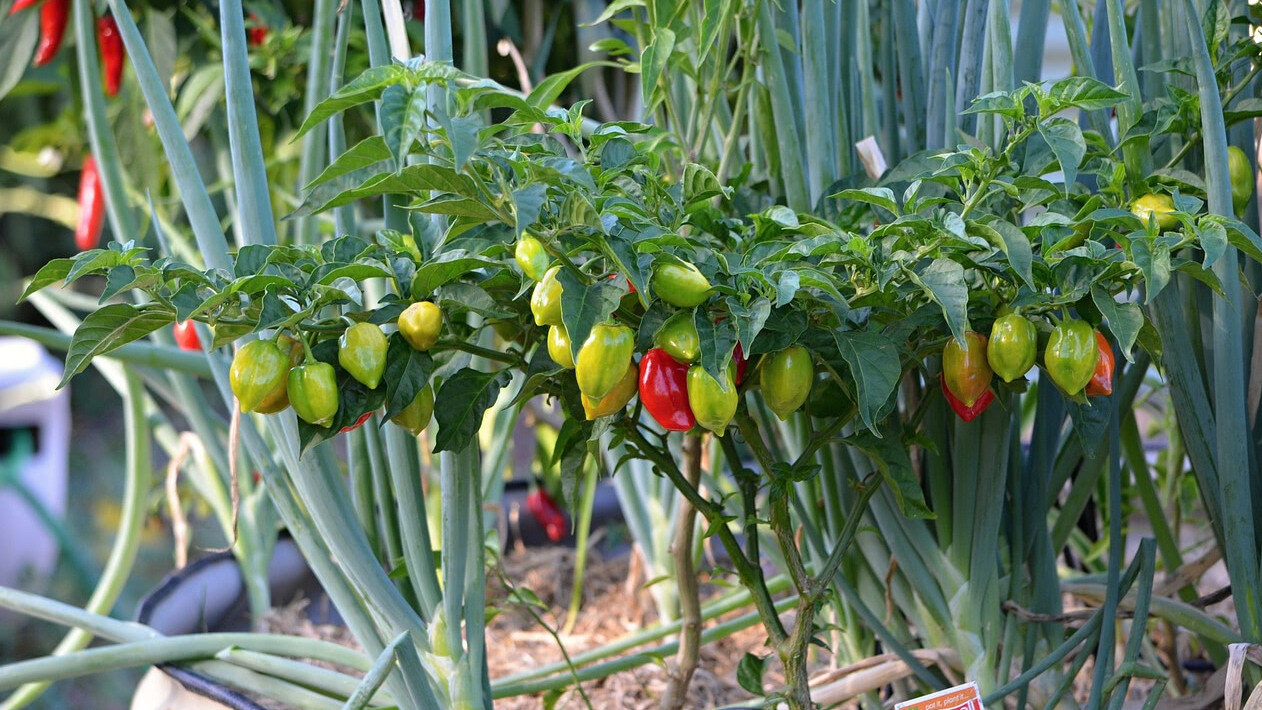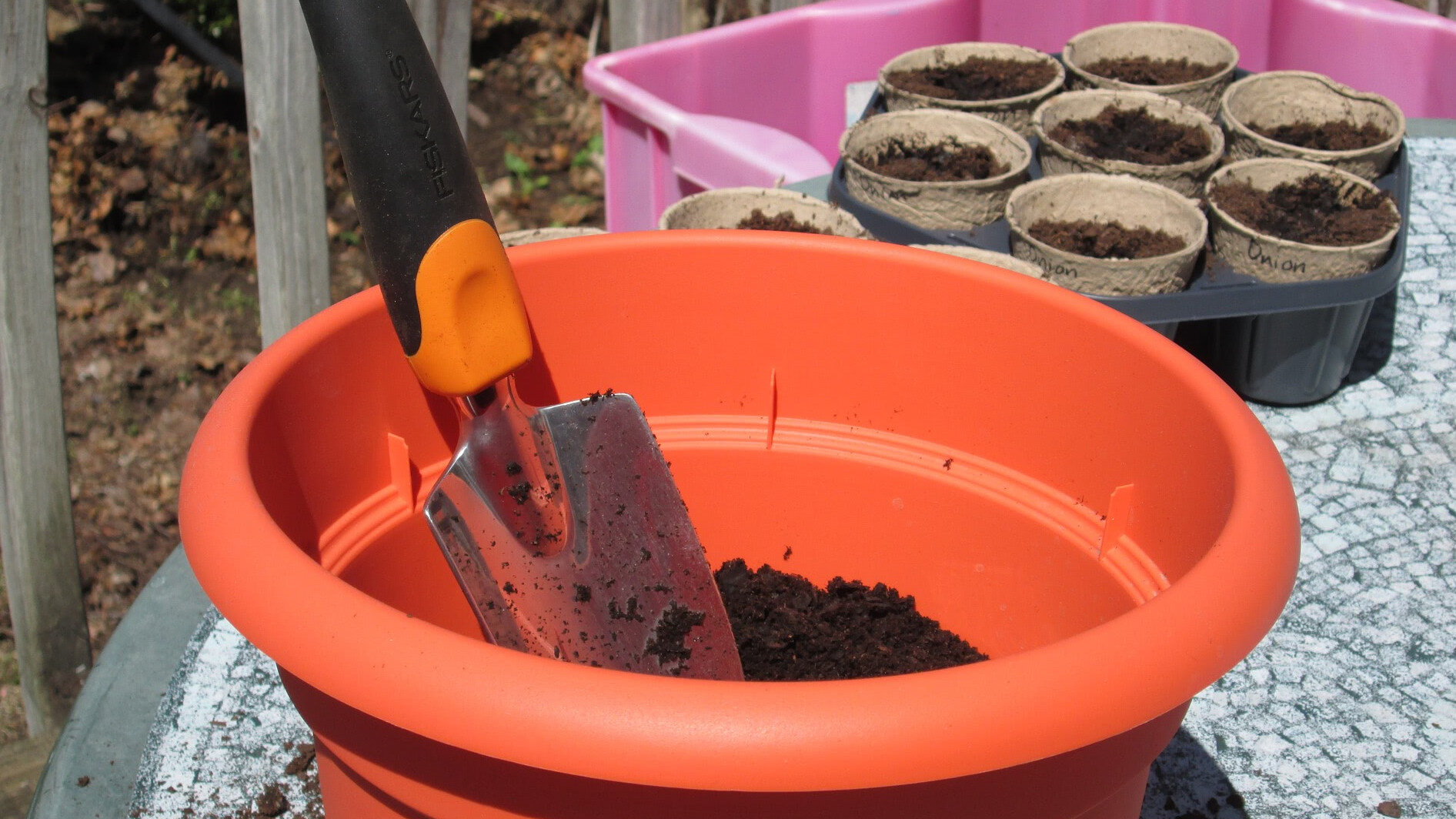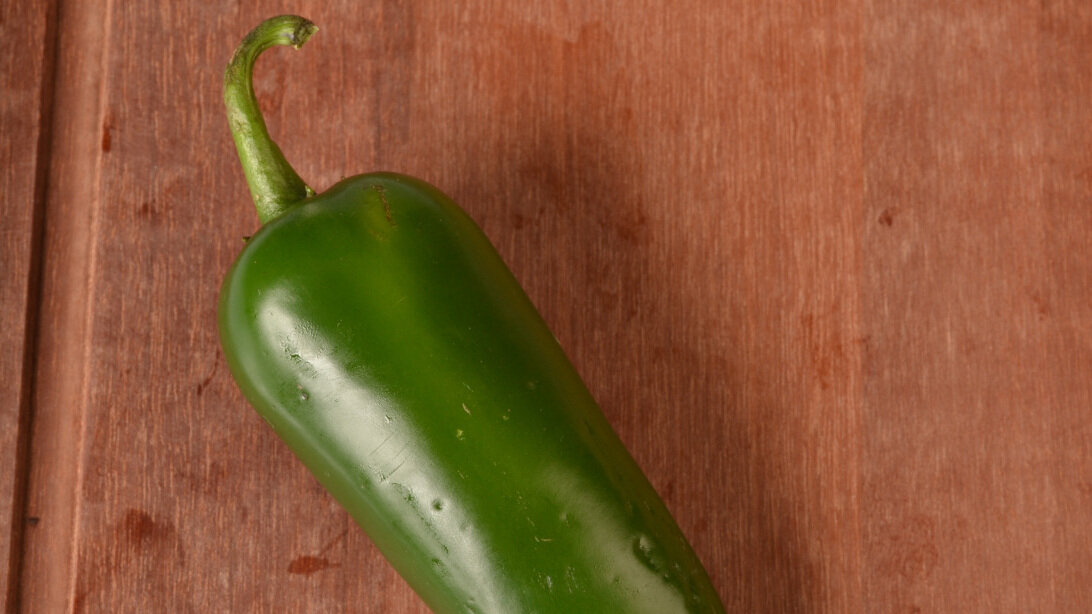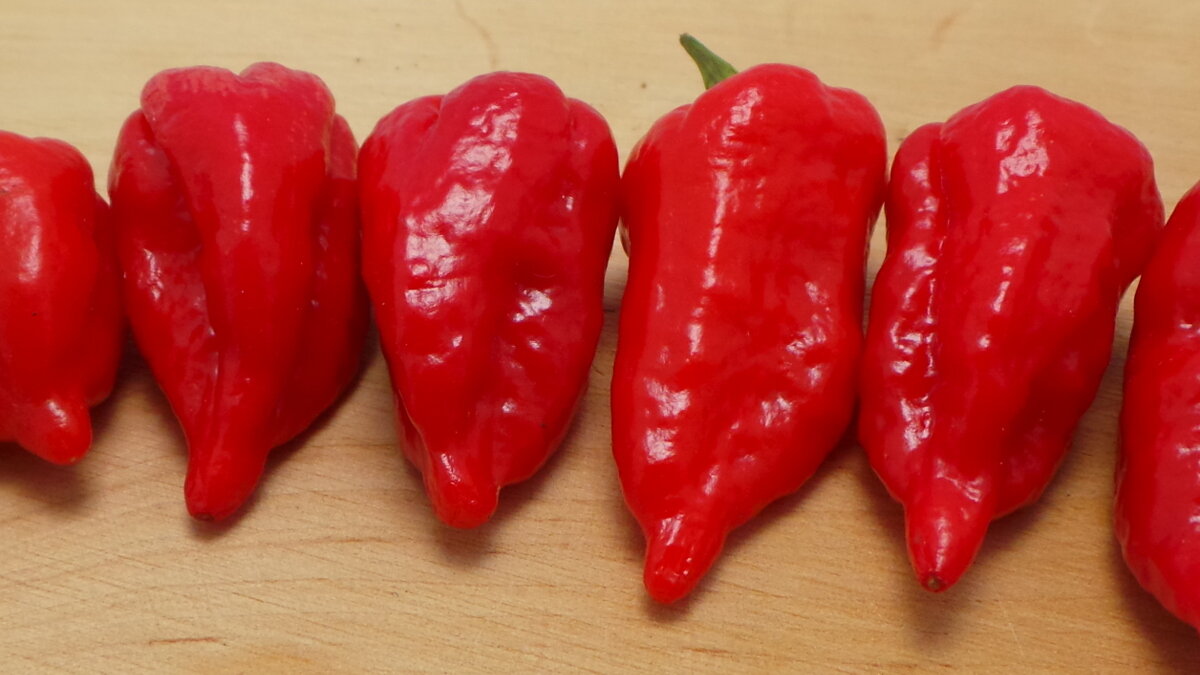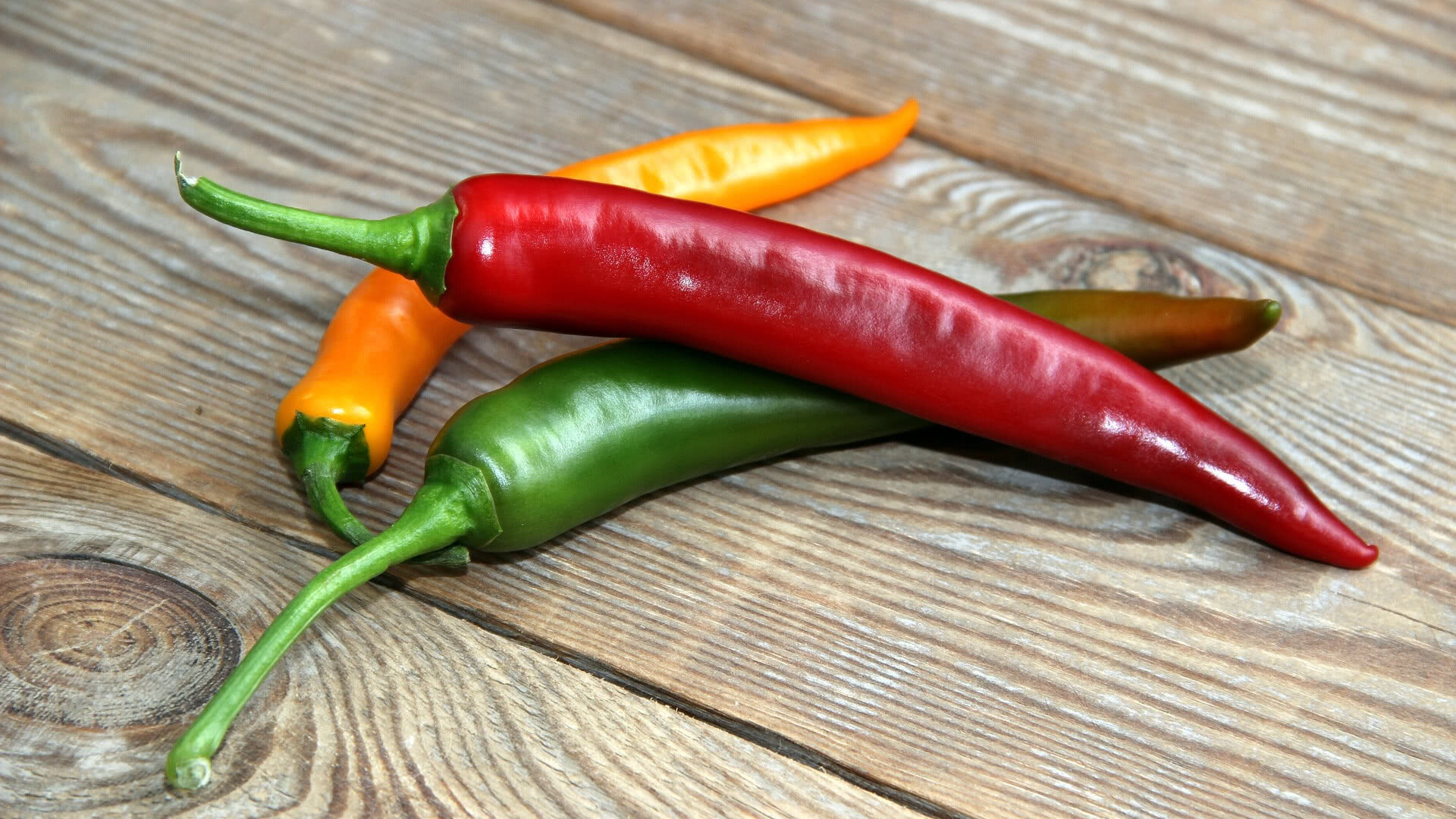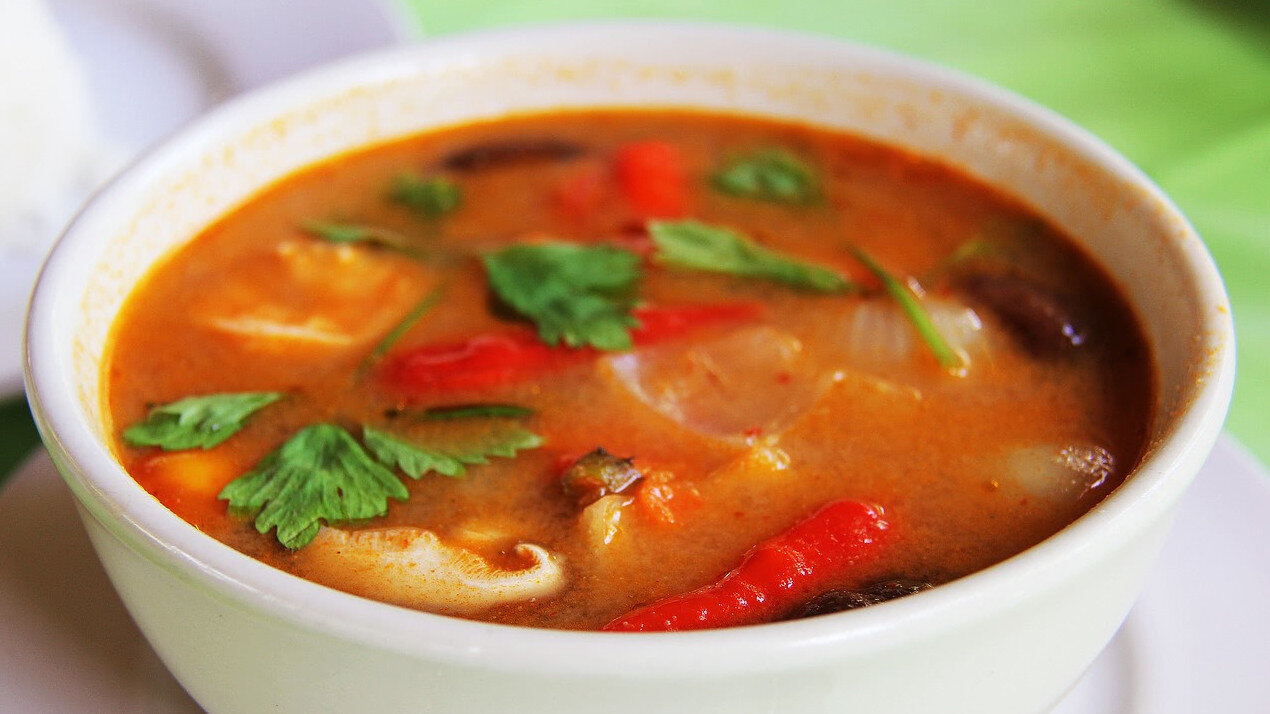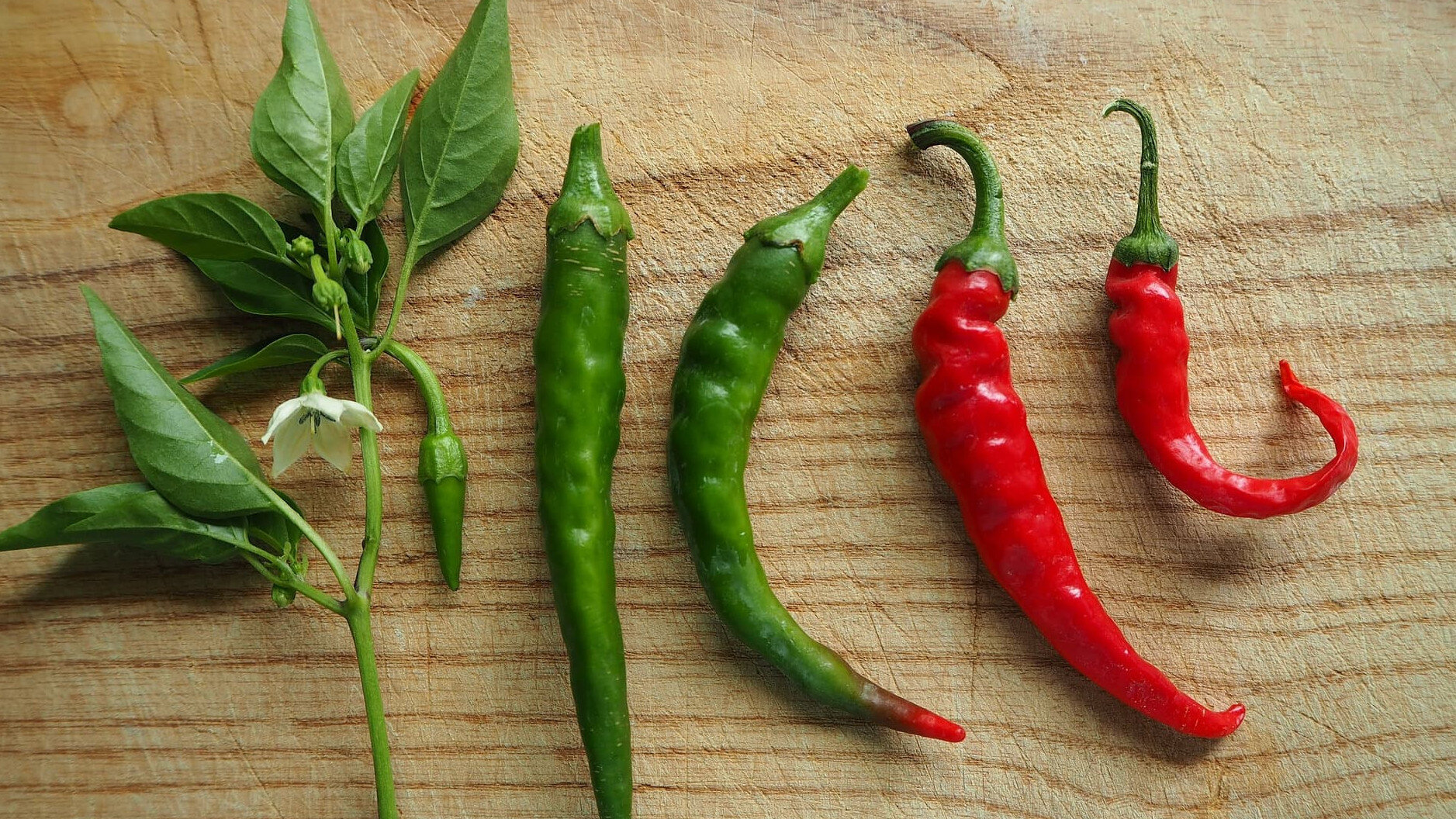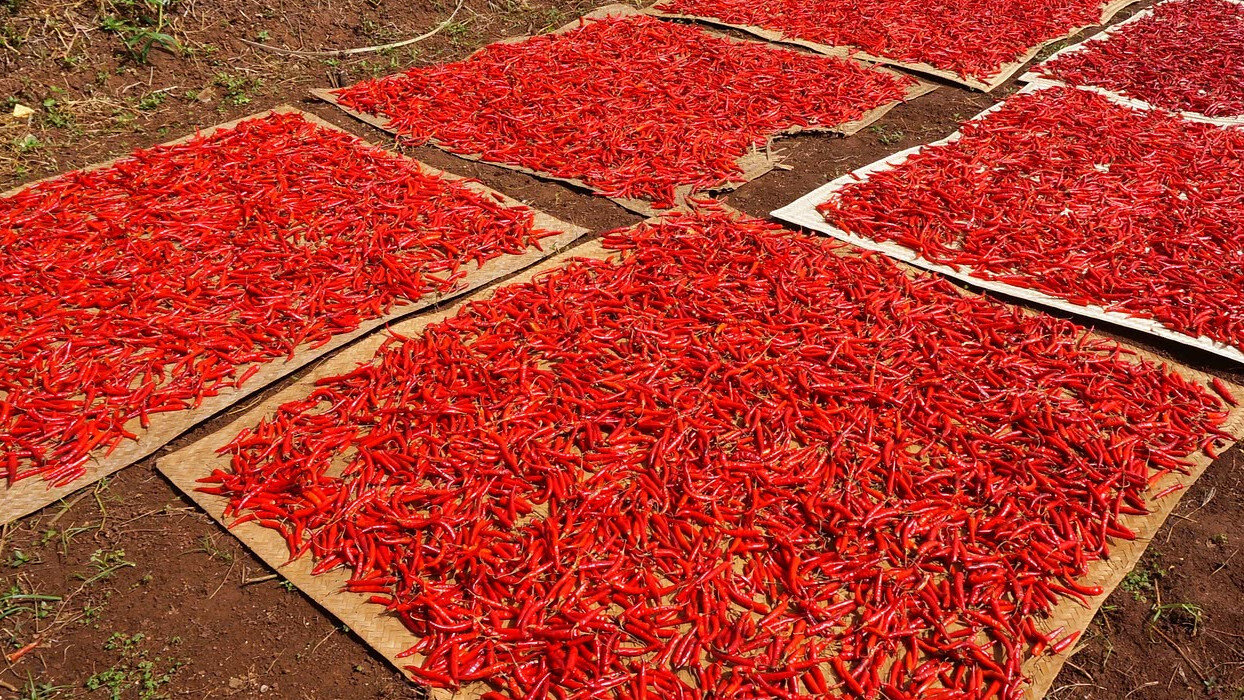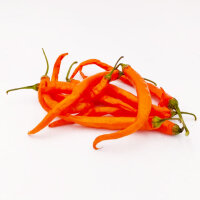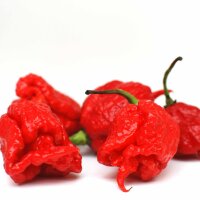Chilis - Cultivation, Care & Harvesting
We love chilli plants - and you?
Peppers, chillies, habaneros, they all belong to the fascinating Capsicum family. From growing to harvesting, this hobby is a hell of a lot of fun. Enjoy the seedlings that grow bigger week by week. One day they will form magnificent flowers and fruits. You can conjure up incredible, spicy dishes with the chilli peppers you grow yourself.
Here you will find the respective top articles on raising, knowing, growing and enjoying chillies. For more, click on the category.
Care
In this guide for growing chillies you will learn how easy it is. You can grow chillies, chilli peppers and habanero yourself from seed.
No sooner do chillies bear a lot of fruit than the short season ends outside. At night, the thermometer approaches dangerously close to zero. Now, at the latest, you should think about overwintering your chilli plants.
Magnificent chilli plants on which countless fiery red chillies hang. To ensure that this does not remain a dream, chilli plants should be supplied with chilli fertiliser at the right time.
Most chilli plants die because they are not watered properly. If this is done carefully, the root ball will not dry out. If this should happen for a short time, with all due care, the plants will recover quite quickly after watering.
Chilli varieties
Jalapeño is one of the most popular chilli varieties. Jalapeños were named after the city of Jalapa. Today, this town in Mexico is called "Xalapa de Enríquez". In 1982, the jalapeno was the first chilli to make it into space. An astronaut took several pods with him as a snack on the space shuttle.
In November 2013, Carolina Reaper replaced the then record holder Trinidad Moruga Scorpion as the hottest chilli in the world. The capsaicin content of Carolina Reaper is on a par with pepper spray. In the laboratory, an average of 1,569,300 was measured on the Scoville scale (SHU). Individual chilli peppers even reached 2.2 million SHU.
Birds Eye is a chili variety from Africa. In Ethiopia, among other places, it still grows wild in the wild. They are small but productive chili plants.
Bhut Jolokia, the ghost chilli, was in the Guinness Book of Records from 2007 to 2011 as the hottest chilli in the world. It was also the first chilli to crack one million Scoville on the eponymous scale.
Interesting facts
Since the new millennium, events surrounding the world's hottest chilli have been in full swing. Even before the year 2000, chilli heat values of one million Scoville were unimaginable.
The Scoville scale is used to measure the heat of chillies and chilli sauce. Today, the concentration of capsacinoids is determined with modern measuring devices and then converted.
If little clouds of steam come out of your ears when you taste it, it could be because the chilli con carne is too spicy.
Before we explain the difference between chillies and peppers, here are a few helpful facts:
Processing
The fastest way to dry fresh chillies is in the oven. After only three to eight hours, you can process your chillies into powder or chilli flakes after drying.
Air-drying chillies is a cheap way to dry them. However, this is also how it takes longest to dry chillies and peppers without equipment.
If you like spicy food, you have probably faced the same problem: after cutting chillies, your hands and fingers burn.
Freezing chillies, habaneros and hot peppers is the most effective form of preservation. Drying them usually takes several hours or days; preparing fresh chillies for the freezer only takes a few minutes.


